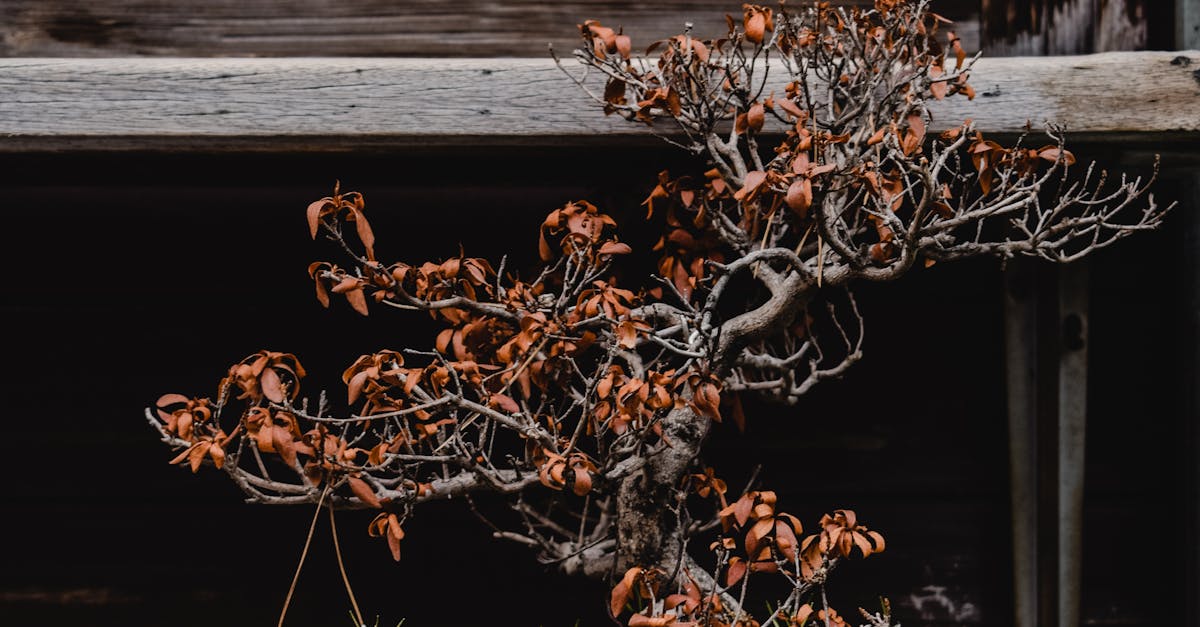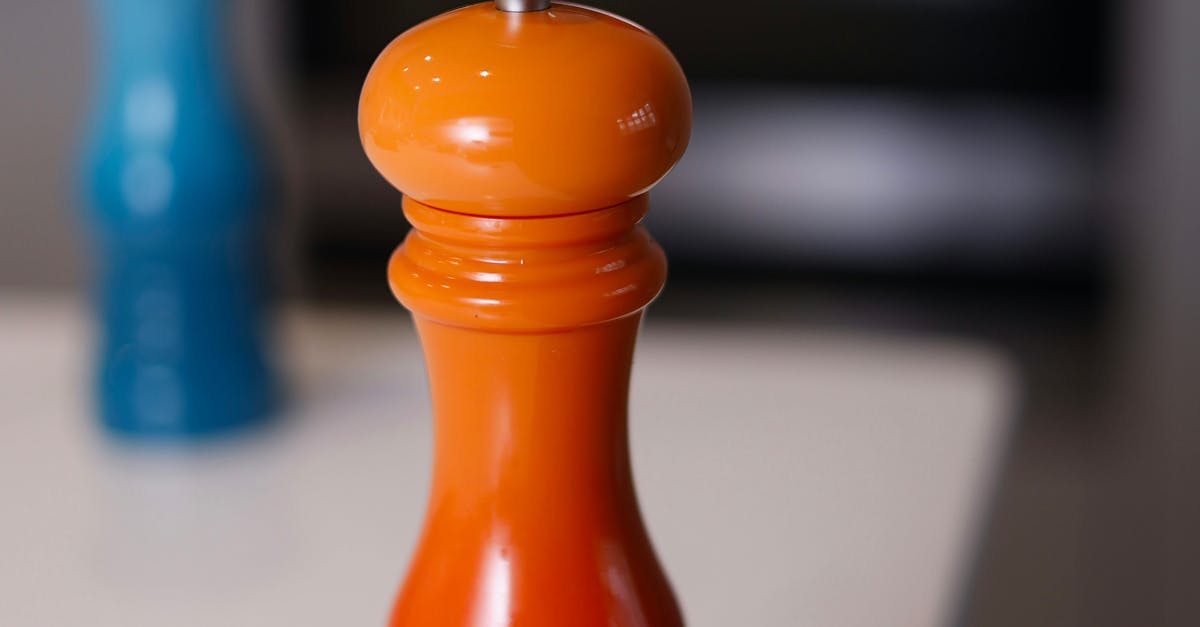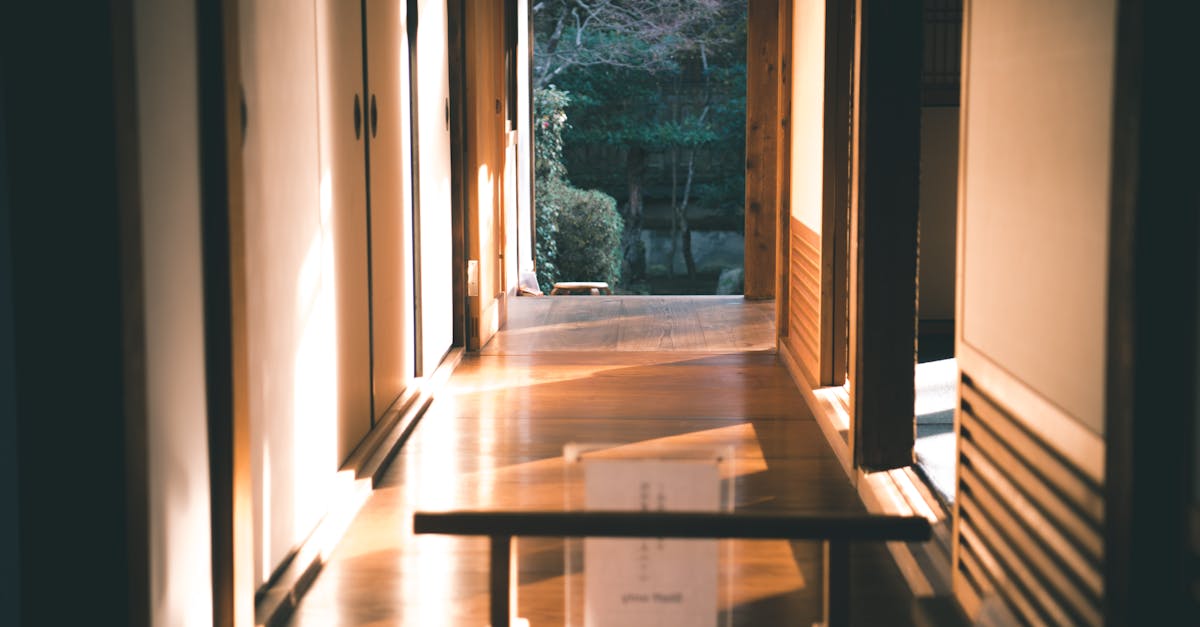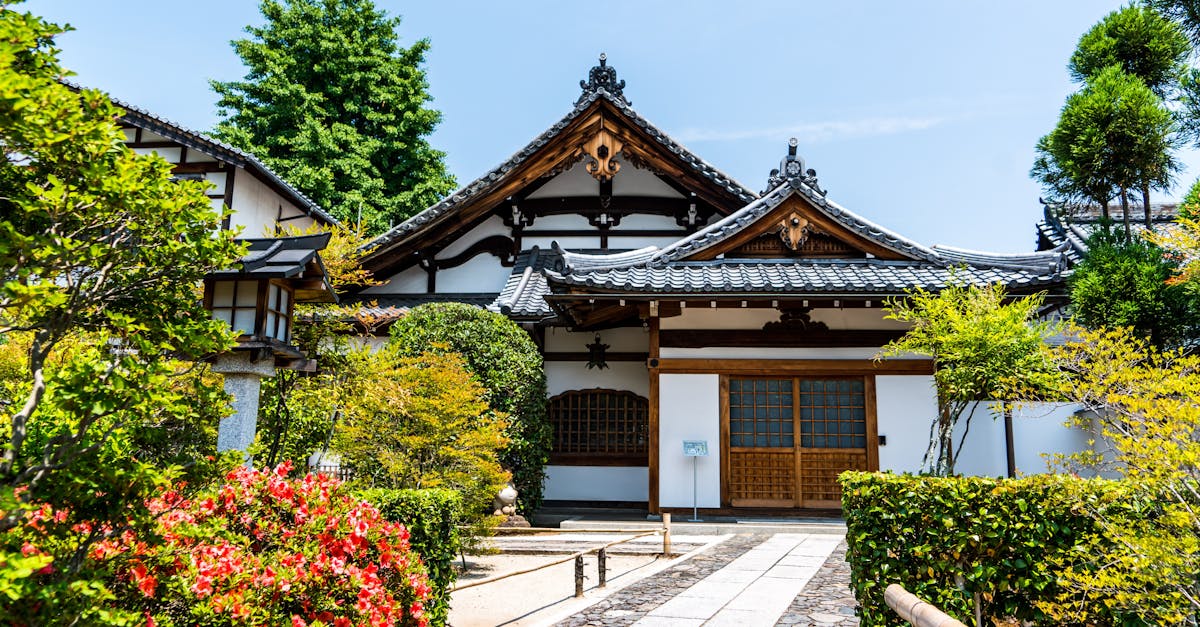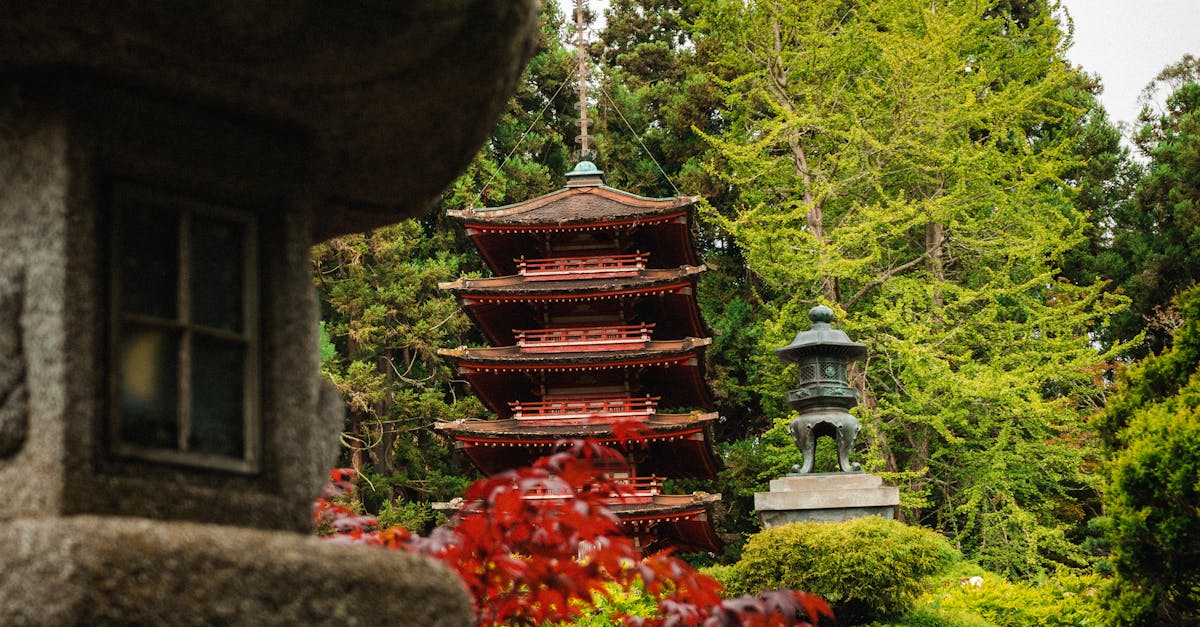The Art of Ikebana: A Serene Dance of Nature, Culture, and Aesthetics
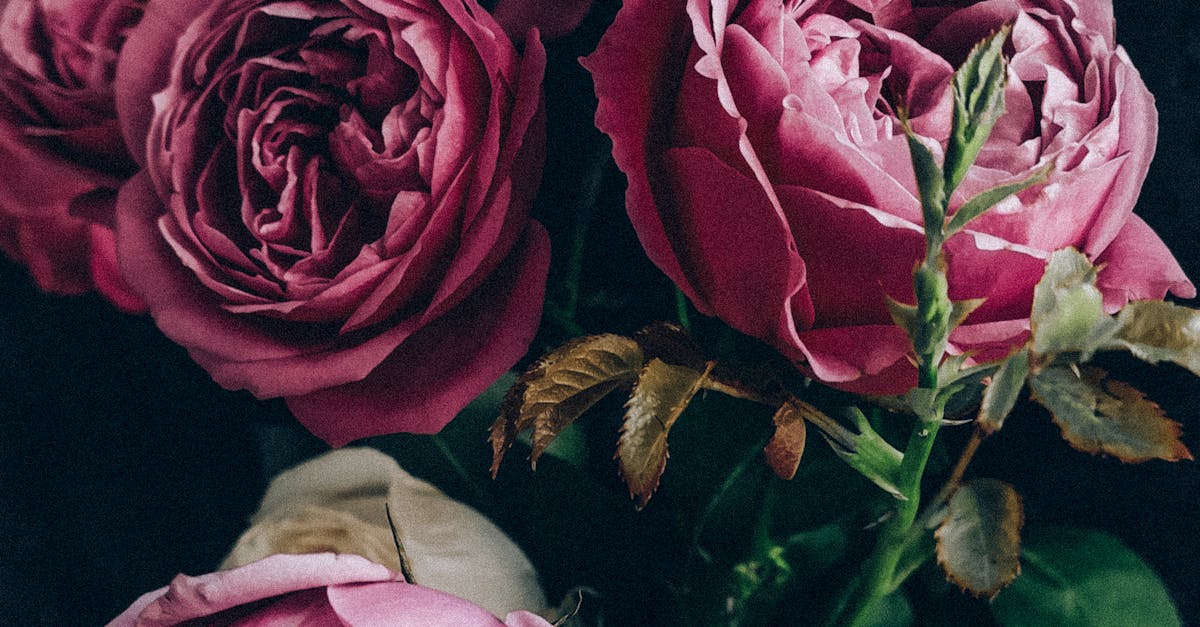
Ikebana, the ancient art of Japanese flower arrangement, has captivated hearts worldwide for centuries. It effortlessly interlaces nature’s exquisite beauty with profound cultural heritage and philosophical tenets, inviting us on a journey of aesthetic exploration. The harmonious interplay of line, form, and space, coupled with the judicious use of negative space, elevates Ikebana to an art form that transcends mere decoration, imbuing spaces with an atmosphere of tranquility and reflection.
The practice of Ikebana extends far beyond simply arranging flowers; it is a meditative practice that fosters mindfulness, encourages connection with nature, and cultivates an appreciation for the ephemeral nature of beauty. Its roots are deeply embedded in Japanese culture, where it has been passed down through generations, with each era leaving its unique mark on the art form.
In today’s contemporary world, Ikebana continues to evolve and find new expressions, inspiring artists and designers alike. Contemporary Ikebana embraces innovation and experimentation while retaining its core principles, ensuring its enduring relevance in a rapidly changing world.
1. Understanding Ikebana: A Cultural Immersion
Ikebana, meaning “giving life to flowers” in Japanese, is an art form with deep cultural roots in Japan. Its origins can be traced back to ancient Shinto rituals, where offerings of flowers and branches were made to the gods. Over time, these offerings evolved into more elaborate arrangements, and Ikebana gradually developed into a refined art form practiced by both commoners and the elite.
Central to the philosophy of Ikebana is the concept of wabi-sabi, which encompasses a profound appreciation for the imperfect, the impermanent, and the simple. Ikebana arrangements often feature natural elements such as branches, leaves, and flowers, arranged in a way that highlights their inherent beauty and transience. The art form also embodies the principles of asymmetry, simplicity, and balance, which are considered essential elements of Japanese aesthetics.
In contemporary times, Ikebana continues to be an important part of Japanese culture, practiced by people of all ages and backgrounds. It is not merely seen as a way to decorate a space but rather as a way to connect with nature, cultivate mindfulness, and find inner peace. Ikebana arrangements can be found in homes, temples, offices, and public spaces, adding a touch of beauty and tranquility to any environment.
History and Origins
The roots of Ikebana can be traced back to ancient Shinto rituals, where offerings of flowers and branches were made to the gods. These offerings were believed to represent the beauty of nature and were thought to bring good fortune and protection. Over time, these offerings evolved into more elaborate arrangements, and Ikebana gradually developed into a refined art form practiced by both commoners and the elite.
During the Heian period (794-1185), Ikebana became increasingly popular among the aristocracy, and it was during this time that the basic principles of the art form were established. These principles included the use of asymmetry, simplicity, and balance, which were considered essential elements of Japanese aesthetics. Ikebana arrangements also began to reflect the changing seasons, with different flowers and branches being used to represent each season.
In the Muromachi period (1336-1573), Ikebana underwent a significant transformation, with the emergence of the Rikka style. Rikka arrangements were large and elaborate, often featuring multiple branches and flowers arranged in a vertical orientation. This style was heavily influenced by Zen Buddhism, which emphasized the importance of simplicity, asymmetry, and the beauty of the natural world.
Philosophy and Symbolism
Central to the philosophy of Ikebana is the concept of wabi-sabi, which encompasses a profound appreciation for the imperfect, the impermanent, and the simple. Wabi-sabi is often expressed in Ikebana arrangements through the use of natural materials, such as branches with knots or flowers that are past their prime. These elements are not seen as flaws, but rather as reminders of the beauty of the natural world and the transience of life.
Another important concept in Ikebana is the use of asymmetry. Asymmetry is considered essential for creating a sense of movement and dynamism in an arrangement. Ikebana arrangements are typically not symmetrical, with the flowers and branches arranged in a way that creates a sense of tension and balance.
Symbolism also plays an important role in Ikebana. Different flowers and branches have different symbolic meanings, and these meanings can be used to create arrangements that convey specific messages or emotions. For example, the pine tree is often used to symbolize longevity, while the cherry blossom is often used to symbolize the beauty and transience of life.
2. Principles and Elements of Ikebana
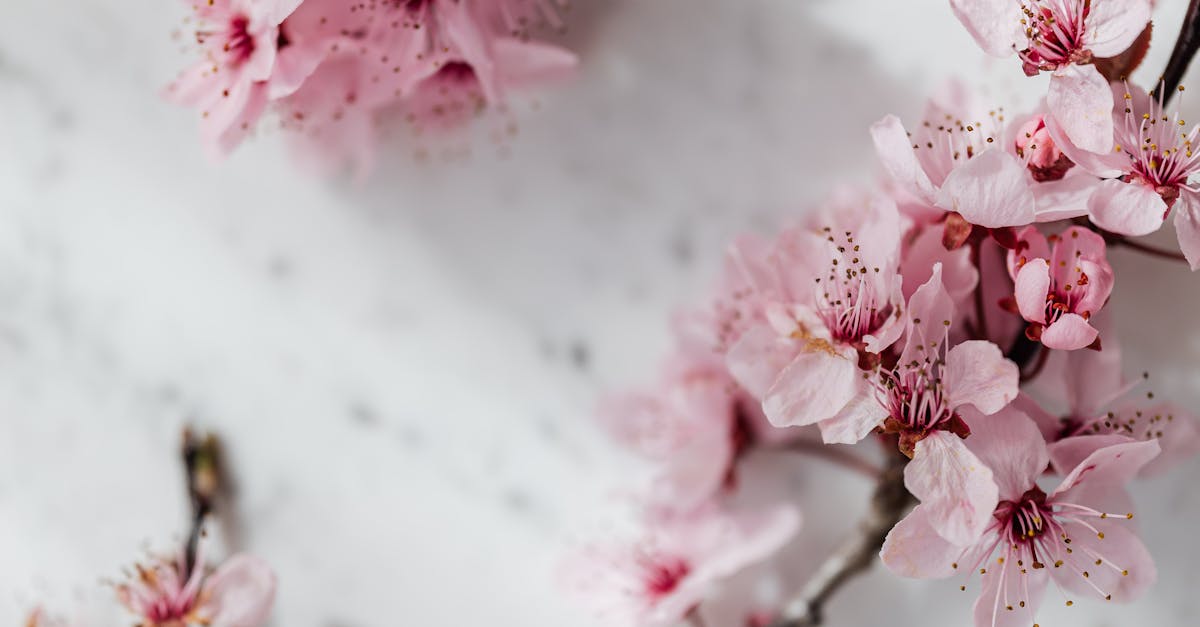
The essential principles of Ikebana include the use of line, form, and space. Line is used to create a sense of movement and dynamism in an arrangement. Lines can be created by the stems of flowers, the branches of trees, or even the negative space between elements. Form refers to the overall shape of an arrangement. Ikebana arrangements can be tall and narrow, short and wide, or anything in between. The form of an arrangement should be carefully considered, as it can greatly affect the overall mood and feel of the piece.
Space is also an important element in Ikebana. Negative space, or the empty space between elements, is just as important as the elements themselves. Negative space can be used to create a sense of balance and harmony in an arrangement. It can also be used to draw attention to certain elements of the arrangement.
In addition to these essential principles, Ikebana also incorporates the use of various elements, such as flowers, branches, leaves, and even rocks. These elements are carefully selected and arranged to create a harmonious and visually appealing composition. The choice of elements can vary depending on the style of Ikebana being practiced, as well as the season and the occasion.
Formal Elements
The main branch (shin) is the tallest and most important branch in an Ikebana arrangement. It represents heaven and is typically placed in the center of the arrangement. The secondary branch (soe) is the second tallest branch and represents man. It is typically placed to the left of the main branch. The accent branch (tai) is the shortest branch and represents earth. It is typically placed to the right of the main branch.
The length and thickness of the branches are also important considerations. The main branch should be the longest and thickest, followed by the secondary branch and then the accent branch. The branches should be arranged in a way that creates a sense of balance and harmony. The main branch should be slightly taller than the secondary branch, and the secondary branch should be slightly taller than the accent branch.
In addition to the three main branches, Ikebana arrangements may also include other elements, such as flowers, leaves, and rocks. These elements are used to add color, texture, and interest to the arrangement. The choice of elements will vary depending on the style of Ikebana being practiced, as well as the season and the occasion.
Line and Form
Line and form are two of the most important elements in Ikebana. Lines can be created by the stems of flowers, the branches of trees, or even the negative space between elements. Form refers to the overall shape of an arrangement. Ikebana arrangements can be tall and narrow, short and wide, or anything in between.
The use of line and form can create a sense of balance, movement, and visual interest in an arrangement. Lines can be used to lead the eye through the arrangement, while forms can be used to create focal points and areas of interest. By carefully considering the use of line and form, Ikebana artists can create arrangements that are both visually appealing and emotionally evocative.
In addition to line and form, Ikebana artists also use a variety of other techniques to create balance and visual interest in their arrangements. These techniques include the use of color, texture, and space. By carefully combining all of these elements, Ikebana artists can create arrangements that are both beautiful and meaningful.
Space and Negative Space
Negative space is the empty space between elements in an Ikebana arrangement. It is just as important as the elements themselves, and can be used to create a sense of balance, harmony, and depth. Negative space can also be used to draw attention to certain elements of the arrangement.
When arranging flowers in a vase, it is important to consider the amount of negative space around each flower. Too much negative space can make the arrangement look sparse and empty, while too little negative space can make the arrangement look cluttered and busy. The goal is to create a balance between positive and negative space.
Negative space can also be used to create a sense of depth in an arrangement. By placing flowers at different depths within the vase, you can create the illusion of a three-dimensional space. This can add interest and drama to the arrangement.
3. Different Styles of Ikebana
There are many different styles of Ikebana, each with its own unique characteristics and expressions. Some of the most popular styles include:
-
Rikka: This is the oldest and most traditional style of Ikebana, dating back to the 15th century. Rikka arrangements are large and elaborate, often featuring multiple branches and flowers arranged in a vertical orientation. They are typically used for formal occasions, such as weddings and tea ceremonies.
-
Shoka: Shoka is a more modern style of Ikebana that emerged in the 19th century. Shoka arrangements are simpler and more naturalistic than Rikka arrangements, and they often feature a single flower or branch arranged in a simple vase. Shoka is a popular style for everyday use, and it can be used to decorate homes, offices, and other spaces.
-
Jiyuka: Jiyuka is the most free and expressive style of Ikebana. Jiyuka arrangements are not bound by any rules or conventions, and they can be created using any type of materials. Jiyuka is a popular style for contemporary Ikebana artists, and it can be used to create a wide variety of unique and innovative arrangements.
Rikka
Rikka is the oldest and most traditional style of Ikebana, dating back to the 15th century. Rikka arrangements are large and elaborate, often featuring multiple branches and flowers arranged in a vertical orientation. They are typically used for formal occasions, such as weddings and tea ceremonies.
The name Rikka means “standing flowers” and refers to the vertical orientation of the arrangement. Rikka arrangements are typically tall and narrow, with the flowers and branches arranged in a series of tiers. The tallest tier is called the tenkan, and it represents heaven. The middle tier is called the nakabana, and it represents man. The lowest tier is called the jiban, and it represents earth.
Rikka arrangements are complex and time-consuming to create, but they are also very beautiful and impressive. They are a testament to the skill and artistry of the Ikebana artist.
Shoka
Shoka is a more modern style of Ikebana that emerged in the 19th century. Shoka arrangements are simpler and more naturalistic than Rikka arrangements, and they often feature a single flower or branch arranged in a simple vase. Shoka is a popular style for everyday use, and it can be used to decorate homes, offices, and other spaces.
The name Shoka means “arranging flowers” and refers to the simplicity of the style. Shoka arrangements are typically asymmetrical, with the flowers and branches arranged in a natural and relaxed way. The emphasis is on the beauty of the individual flowers and branches, rather than on the overall arrangement.
Shoka is a versatile style that can be used to create a wide variety of arrangements, from simple and understated to more elaborate and dramatic. It is a popular style for beginners, as it is relatively easy to learn and does not require a lot of specialized materials.
Jiyuka
Jiyuka is the most free and expressive style of Ikebana. Jiyuka arrangements are not bound by any rules or conventions, and they can be created using any type of materials. Jiyuka is a popular style for contemporary Ikebana artists, and it can be used to create a wide variety of unique and innovative arrangements.
The name Jiyuka means “free flower” and refers to the freedom and flexibility of the style. Jiyuka arrangements can be any size, shape, or form, and they can be created using any type of flowers, branches, leaves, or other materials. The emphasis is on the creativity and individuality of the artist.
Jiyuka is a challenging style to master, but it can also be very rewarding. Jiyuka arrangements can be used to express a wide range of emotions and ideas, and they can be a powerful form of self-expression.
4. Ikebana in Contemporary Times

In contemporary times, Ikebana continues to evolve and find new expressions. While traditional styles such as Rikka and Shoka are still popular, contemporary Ikebana artists are increasingly experimenting with new materials and techniques to create innovative and unique arrangements.
One of the most significant trends in contemporary Ikebana is the use of non-traditional materials. Contemporary Ikebana artists are using everything from recycled materials to industrial objects to create their arrangements. This trend reflects the growing emphasis on sustainability in the art world, as well as the desire of artists to push the boundaries of traditional Ikebana.
Another trend in contemporary Ikebana is the influence of other art forms. Contemporary Ikebana artists are increasingly drawing inspiration from painting, sculpture, and other art forms to create their arrangements. This cross-pollination of ideas is leading to the creation of new and exciting Ikebana styles that defy traditional categories.
Contemporary Interpretations
Contemporary Ikebana artists are pushing the boundaries of the art form with their innovative and experimental approaches. They are using non-traditional materials, experimenting with new techniques, and creating arrangements that defy traditional categories.
One of the most striking trends in contemporary Ikebana is the use of non-traditional materials. Contemporary Ikebana artists are using everything from recycled materials to industrial objects to create their arrangements. This trend reflects the growing emphasis on sustainability in the art world, as well as the desire of artists to challenge traditional notions of beauty.
Another trend in contemporary Ikebana is the influence of other art forms. Contemporary Ikebana artists are increasingly drawing inspiration from painting, sculpture, and other art forms to create their arrangements. This cross-pollination of ideas is leading to the creation of new and exciting Ikebana styles that defy traditional categories.
Influence on Other Art Forms
Ikebana has had a significant influence on other art forms, such as painting, sculpture, and design. The principles of Ikebana, such as the use of line, form, and space, can be seen in many contemporary works of art.
For example, the Japanese painter Hasegawa Tohaku was influenced by Ikebana in his berühmten landscapes. Tohaku used the principles of Ikebana to create a sense of balance and harmony in his paintings. He also used empty space to create a sense of depth and atmosphere.
The sculptor Isamu Noguchi was also influenced by Ikebana. Noguchi’s sculptures often incorporate the principles of Ikebana, such as the use of asymmetry and negative space. Noguchi’s sculptures are also often inspired by natural forms, such as plants and flowers.
Sustainable Practices
There is a growing emphasis on sustainability in Ikebana, with many artists using eco-friendly materials and practices to create their arrangements. This trend reflects the growing awareness of the environmental impact of traditional Ikebana practices, such as the use of non-renewable resources and the cutting of trees and flowers.
One of the most important aspects of sustainable Ikebana is the use of eco-friendly materials. Contemporary Ikebana artists are increasingly using recycled materials, such as paper, cardboard, and plastic, to create their arrangements. They are also using sustainable materials, such as bamboo and driftwood, which can be harvested without damaging the environment.
Another important aspect of sustainable Ikebana is the use of sustainable practices. Contemporary Ikebana artists are increasingly using techniques that minimize the environmental impact of their work. For example, they are using water-saving techniques, such as using wet moss to keep flowers fresh, and they are avoiding the use of chemicals, such as fertilizers and pesticides.
5. Experiencing Ikebana: Resources and Inspiration
There are many ways to experience Ikebana, from taking a workshop to visiting a museum exhibition. Here are some resources and tips to help you get started:
-
Take a workshop: One of the best ways to learn about Ikebana is to take a workshop. Workshops are offered by many Ikebana schools and organizations around the world. Workshops typically last for a few hours and cover the basics of Ikebana, including the different styles, techniques, and materials.
-
Visit a museum exhibition: Many museums around the world have Ikebana exhibitions. These exhibitions are a great way to see a variety of Ikebana arrangements and learn more about the history and culture of Ikebana.
-
Read books and articles: There are many books and articles available about Ikebana. These resources can help you learn more about the different styles, techniques, and materials of Ikebana. You can also find inspiration for your own Ikebana arrangements.
Workshops and Classes
There are many reputable workshops and classes available for those interested in learning Ikebana. Here are a few options to get you started:
-
Ohara School of Ikebana: The Ohara School is one of the largest and most well-known Ikebana schools in the world. It offers classes and workshops at all levels, from beginner to advanced. The Ohara School has branches in many countries around the world, so you can likely find a class near you.
-
Ikenobo School of Ikebana: The Ikenobo School is the oldest Ikebana school in Japan. It offers classes and workshops at all levels, from beginner to advanced. The Ikenobo School has branches in many countries around the world, so you can likely find a class near you.
-
Sogetsu School of Ikebana: The Sogetsu School is a modern Ikebana school that emphasizes creativity and experimentation. It offers classes and workshops at all levels, from beginner to advanced. The Sogetsu School has branches in many countries around the world, so you can likely find a class near you.
Online Resources
There are many online resources available for those interested in learning Ikebana. Here are a few links to get you started:
-
Ikebana International: Ikebana International is a worldwide organization that promotes the art of Ikebana. The organization’s website has a variety of resources, including videos, tutorials, and articles. You can also find a list of Ikebana schools and teachers in your area.
-
Ohara School of Ikebana: The Ohara School of Ikebana has a YouTube channel with a variety of videos on Ikebana. The videos cover a range of topics, from basic techniques to advanced arrangements. The Ohara School also has a website with additional resources, such as tutorials and articles.
-
Ikenobo School of Ikebana: The Ikenobo School of Ikebana has a website with a variety of resources, including videos, tutorials, and articles. The website also has a section on online learning, where you can find online courses and webinars on Ikebana.
Inspiration Gallery
Ikebana is a beautiful and expressive art form that can be enjoyed by people of all ages and backgrounds. Whether you are a beginner or an experienced practitioner, there is always something new to learn and appreciate about Ikebana. The following gallery of stunning Ikebana arrangements is sure to inspire and amaze you:
- [Image 1: A traditional Rikka arrangement with multiple branches and flowers arranged in a vertical orientation.]
- [Image 2: A minimalist Shoka arrangement with a single flower arranged in a simple vase.]
- [Image 3: A free and expressive Jiyuka arrangement using non-traditional materials.]
- [Image 4: A contemporary Ikebana arrangement inspired by a painting.]
- [Image 5: A sustainable Ikebana arrangement using eco-friendly materials.]
What are the different styles of Ikebana?
There are many different styles of Ikebana, each with its own unique characteristics and expressions. Some of the most popular styles include Rikka, Shoka, and Jiyuka.
What are the basic principles of Ikebana?
The basic principles of Ikebana include the use of line, form, and space. Line is used to create a sense of movement and dynamism in an arrangement. Form refers to the overall shape of an arrangement. Space is also an important element in Ikebana, as it can be used to create a sense of balance, harmony, and depth.
What are the benefits of practicing Ikebana?
Practicing Ikebana has many benefits, including stress reduction, improved focus, and increased creativity. Ikebana can also help you to develop a deeper appreciation for nature and beauty.
How can I learn Ikebana?
There are many ways to learn Ikebana, including taking a workshop, attending a class, or reading books and articles about the art form. You can also find many online resources, such as videos and tutorials, that can help you learn Ikebana.
What are some tips for creating a beautiful Ikebana arrangement?
Here are a few tips for creating a beautiful Ikebana arrangement: – Use fresh, high-quality flowers and branches. – Consider the overall shape and form of your arrangement. – Use a variety of colors and textures to create interest. – Pay attention to the balance and harmony of your arrangement. – Don’t be afraid to experiment and be creative.


